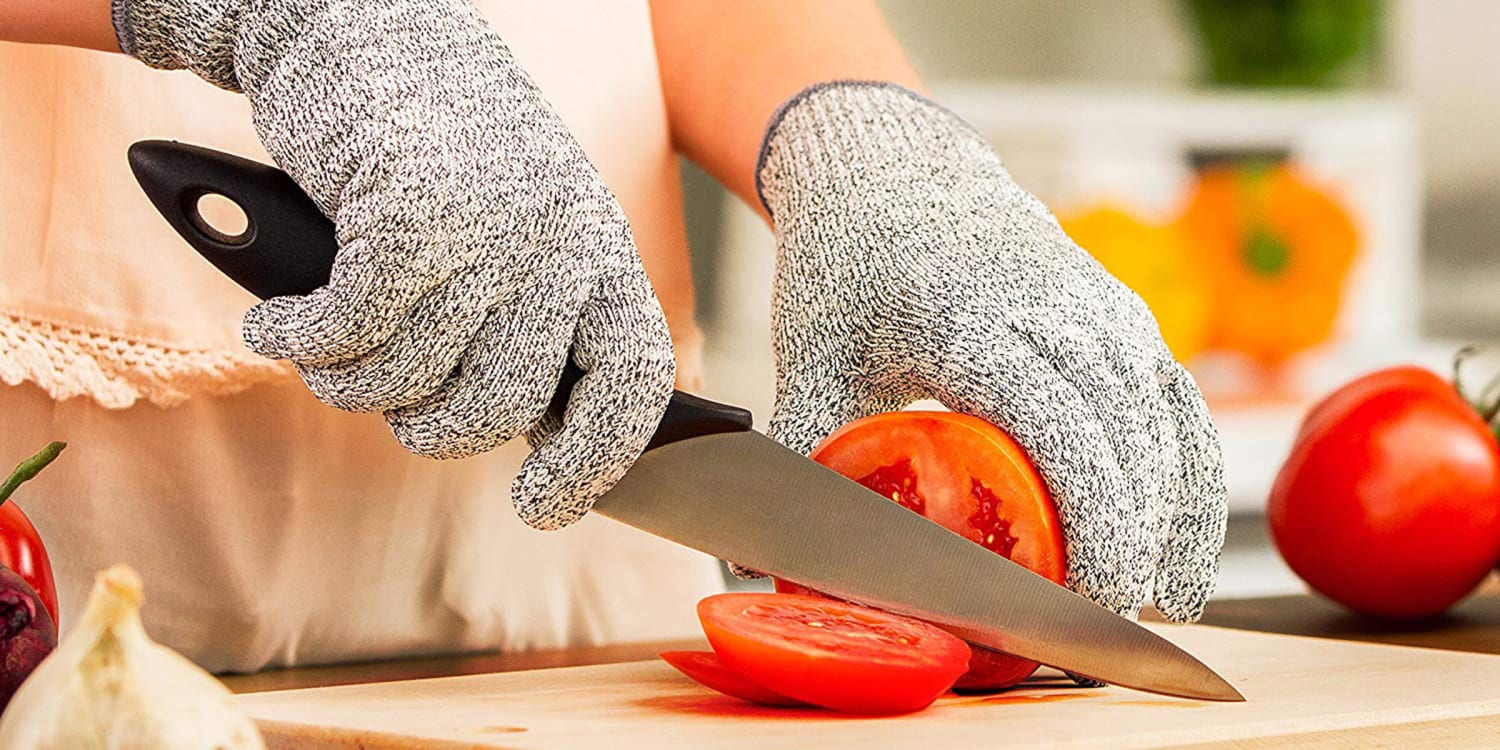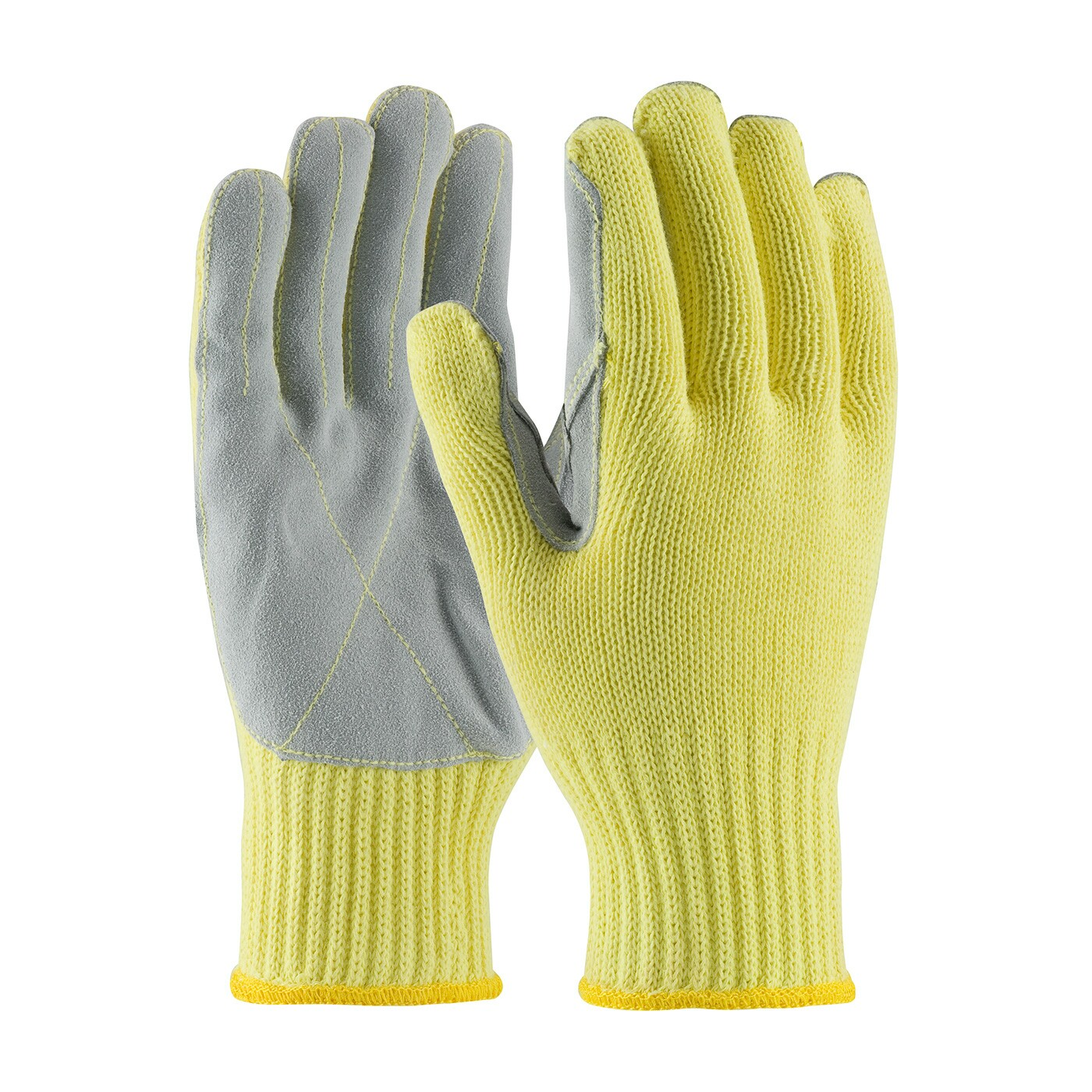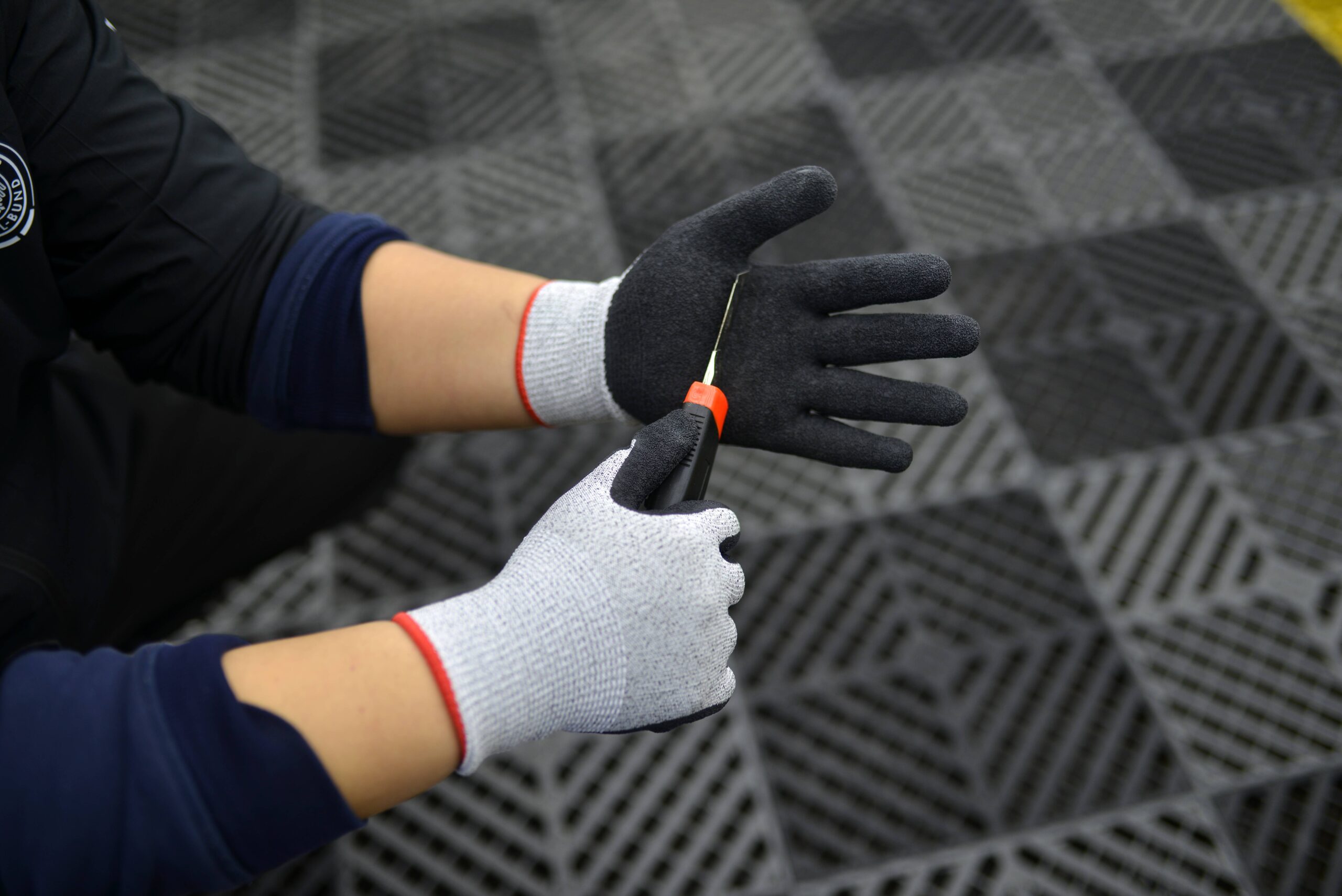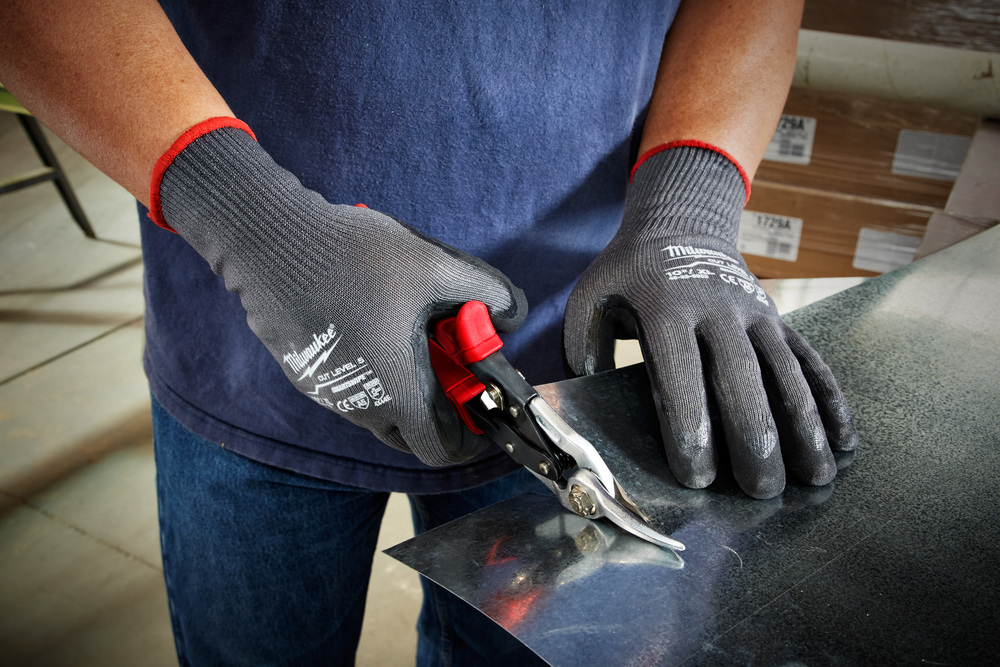Work gloves, as an essential part of personal protective equipment, not only protect workers from various injuries but also improve work efficiency, enhance the flexibility of operations, and reduce the risk of hand accidents. However, as we all know, the market offers a wide variety of safety gloves, making it challenging to choose the right pair. Below, we will help you understand the five main types of work gloves.

Leather Gloves
Leather gloves are typically made from animal hides such as deerskin, sheepskin, or cowhide. They are highly durable, and because leather is a natural material, it gradually softens over time, better adapting to the hands. This increases the flexibility and comfort of the gloves, making them highly favored. They are ideal for wear in demanding, wear-resistant, heat-resistant, and fire-resistant work environments. Linings can also be sewn into the gloves for additional protection.
Note: The only mechanical protection that leather gloves provide is abrasion resistance. While thicker, more durable leather may offer some level of cut and puncture resistance, leather itself provides little to no protection against cuts or punctures. Therefore, some leather gloves are designed with additional engineering materials to enhance their mechanical protective properties.

Cotton Gloves / Knitted Gloves
Cotton or knitted gloves are made from high-quality cotton fibers or yarn, offering excellent moisture absorption, soft feel, and breathability, which allows for prolonged wear with great comfort. The blended yarn incorporates the advantages of two or more fibers, making it more durable. These gloves provide a higher level of mechanical protection without sacrificing comfort or flexibility, making them ideal for low-risk, light work environments.
Another important factor for knitted gloves is the number of needles used in the weaving process. The needle count typically ranges between 7 and 12, with lower needle counts resulting in a looser weave and higher needle counts producing a tighter weave. There is no one-size-fits-all for needle count; it depends entirely on the work environment and glove usage scenario. Always consider the specific situation and choose accordingly.
Moreover, these gloves offer great cost-effectiveness compared to other types, making them a practical and reliable option for hand protection at a reasonable price.
Dipped Work Gloves
These gloves are primarily woven from high-performance materials such as cotton, polyester, and nylon, then dipped in a latex or nitrile rubber coating.

Latex-Dipped Gloves
Latex-dipped gloves inherit the water-resistant, slip-resistant, abrasion-resistant, and tear-resistant properties of latex. Even in damp or greasy environments, they offer excellent grip. They are highly elastic and fit the contours of the hands without compromising flexibility. However, some individuals may be allergic to the proteins in natural latex. To avoid potential harm, we recommend opting for nitrile gloves.

Nitrile-Dipped Gloves
Since nitrile itself has properties such as oil resistance, abrasion resistance, puncture resistance, and chemical resistance, nitrile-dipped work gloves share these qualities. They are highly durable and, unlike latex-coated gloves, they are less likely to cause allergic reactions, making them an excellent choice for individuals sensitive to natural latex.

Polyurethane (PU) Gloves
Polyurethane (PU) gloves are typically woven from nylon or polyester fibers and then coated with polyurethane on the palms and fingertips. This allows the skin on the hands to breathe through the back of the glove, reducing sweating. Polyurethane is a lightweight, soft synthetic material, making these gloves feel more like bare hands. They are ideal for environments requiring fine manipulation, such as electronic assembly, precision manufacturing, packaging, and sorting.

Cut-Resistant Gloves
Cut-resistant gloves are designed to prevent cuts and injuries from sharp objects like cutting machines, knives, glass, and metal edges. They are widely used in industries such as machining, glass manufacturing, metal processing, food processing, butchering, and construction.

Kevlar Gloves
Kevlar gloves are made from high-quality, high-strength Kevlar fibers, which are five times stronger than steel of the same weight. These gloves effectively protect against cuts and punctures from sharp objects like knives and glass. Additionally, they can resist continuous high temperatures of up to 260°C. Compared to other gloves of similar type, Kevlar gloves are more flexible and comfortable, making them popular in heavy industries such as metal processing, glass manufacturing, welding, automotive repair, and high-temperature work.

Stainless Steel Mesh Gloves
Stainless steel mesh gloves are woven from high-density stainless steel rings. Due to their dense molecular structure, they offer excellent protection against knife blades and are highly durable. They can be sanitized with high-temperature disinfecting or cleaning agents and meet food safety requirements, making them widely used in food processing and meat packaging industries.

HPPE Gloves
HPPE (High-Performance Polyethylene) gloves are made from a blend of high-performance polyethylene fibers. These fibers are stronger than steel but lighter than Kevlar. They are breathable, sweat-wicking, soft, and form-fitting, and can even be modified for touchscreen use. HPPE gloves are widely used in metal processing, glass handling, logistics, electronic assembly, and tool operation.

Conclusion
The five main types of work gloves mentioned above are primarily focused on mechanical protection. If you are interested in purchasing them, please contact us soon. Aibon is always online, ready to serve you.
How to Measure Glove Sizes – Source: AIBON
Latex gloves– Source: AIBON
Safety gloves– Source: AIBON
Working gloves– Source: AIBON

